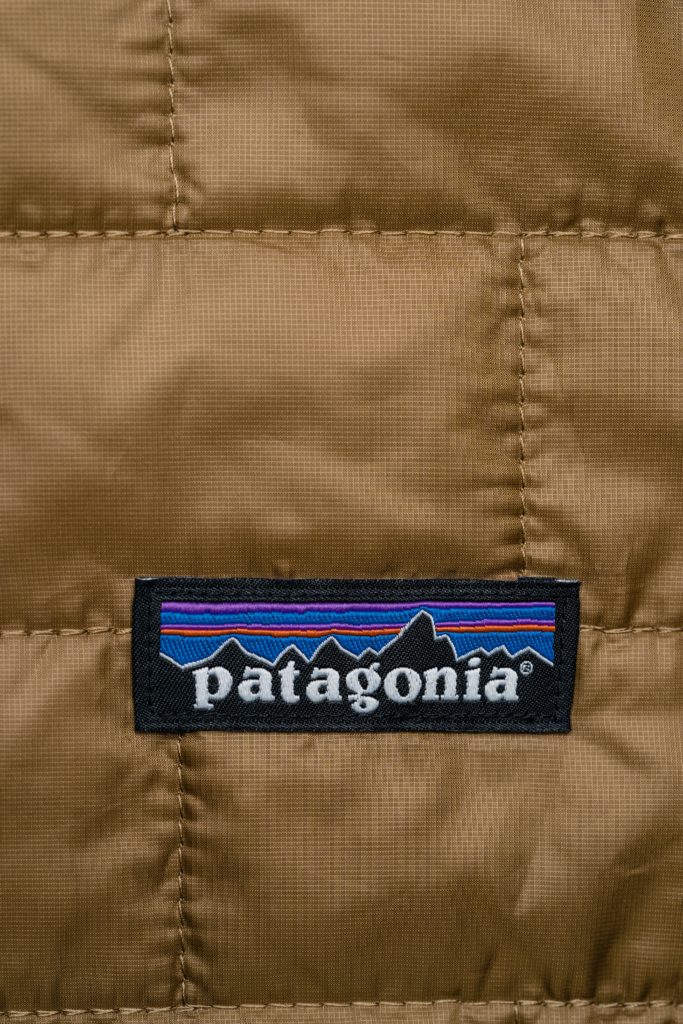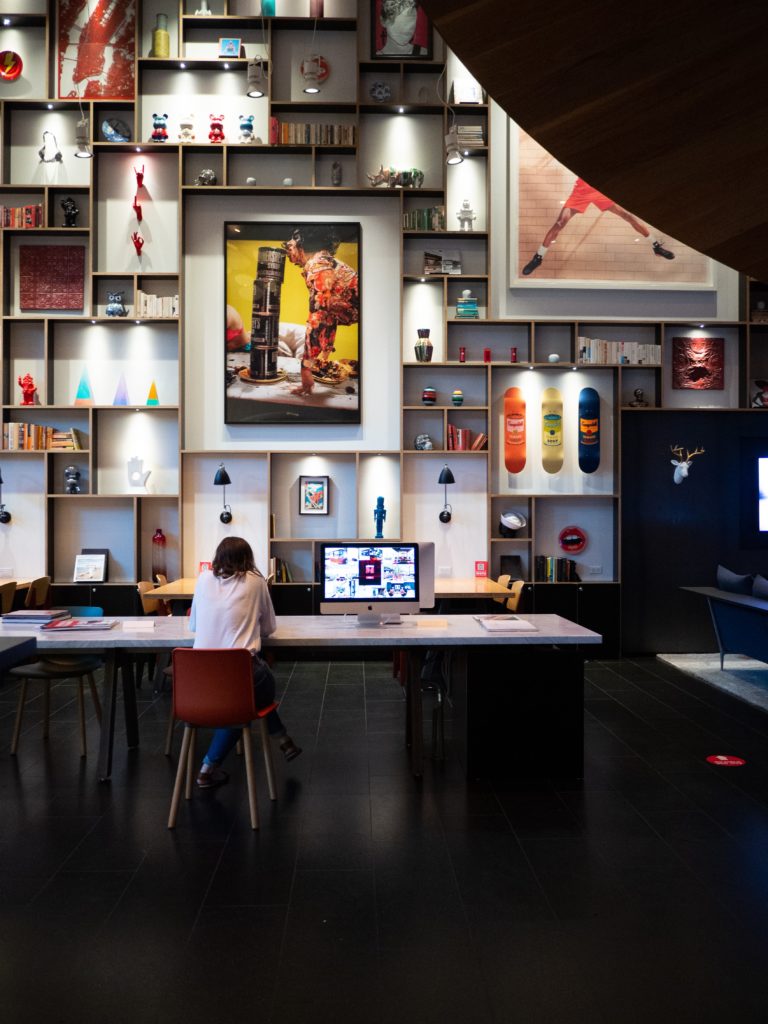Delivering a Distinctive Employee Experience
Work culture is a vital ingredient to sustaining success, but how does a brand create and then sustain that culture? The answer is through creating an employee experience that mirrors the customer experience. Ronan Dunne, former CEO of O2 and current Strategic Advisor to the Verizon CEO, sums this up well: ‘If you cannot turn your employees into fans there’s no way that you will turn customers into fans.’
Turn employees into fans
We have found in our own research that there is about an 85 per cent correlation between the way that your employees think about your brand and the way that your customers do. It follows, then, that you need to make your employees your fans too. Ronan Dunne’s remark raises another interesting point – and that is the alignment between the kind of people your employees and your customers are.
It is extremely difficult for employees to relate to customers from a completely different demographic and vice versa. You cannot always mirror these two groups, of course, particularly when you have lower-paid retail staff selling to high-net-worth customers who are probably considerably older. But if you can seek to hire people who relate to both your customers and the product you sell, it can be very powerful.
Patagonia is a great example of this. With their employees being passionate advocates of adventure travel, who use the brand’s products themselves, these Patagonia ambassadors test the brand products and write about them in ‘Notes from the field’.

O2
Ann Pickering, former HR director for O2, used the same concept when hiring people: ‘Take that cadre of people we call ‘digital natives’. They have grown up with the internet; they have grown up with smartphones; they don’t know what went before, that’s just the way they’ve grown up, and they’re our future. They are our future for O2 too because that’s what our customer base is looking like now. So we brought in these people who have changed our demographics. Our age profile now across the company is around about 40 per cent under 30. The average age used to be about 43. They learn differently, they crowdsource, they use websites and get their information in a very different way. So bringing them in and asking them to challenge the way we do things has really made a big difference, because they just think completely differently.’
Making the workplace great…
Many organizations participate in surveys like ‘Great Place to Work’ and bench- mark themselves very seriously against the other brands in the database. We are strong advocates of this because we believe that engaged employees make for strong companies. However, having said this, as we have already stated, strong brands have unique cultures and whilst there are many generic attributes that describe a great employee experience – trust, pride, enjoyable work, among others – the mix will vary from brand to brand.
Similarly, what employees value can vary from organization to organization depending on their generation, the nature of the industry and the brand. For example, Patagonia employees value the time and opportunity for adventure, Topshop sales advisors value their ability to buy great fashion at a discount, and Apple employees probably enjoy getting hands-on with the latest technology.
The citizenM approach…
The hotel industry, as you’d expect, puts a high degree of emphasis on service quality. The best hotels focus on their culture and the relationship between their people and their customers as that is key to the experience. Ritz-Carlton hotels famously summarised this approach, describing their people as ‘ladies and gentlemen serving ladies and gentlemen’. The implication of this is that you have to take the recruitment process very carefully and hire the right kind of people for the experience you want to deliver.

Ritz-Carlton is a very different place to work than citizenM. It attracts different people, yet both provide great experiences. Michael Levie, citizenM’s COO, explains how they create and sustain the culture through aligning the employee experience.
“Having a strong purpose or being innovative is not enough; it’s also about the people around you. So we have a very strict casting and immersion programme. You can build a hotel but no matter how pretty or nice it is, if it hasn’t got a pumping heart it isn’t going to live. We have found through our initial casting and immersion programme how to make the hotel come alive, and then, by having the right manager, make sure we sustain it.
“Casting starts with social media; we usually gather a couple of hundred CVs, but it can be up to 800 sometimes. We filter this to the people who have done fun things or the people who look fun; down to 150 to 200 say and we invite those people for a casting day, which is a four-and-a-half-hour interview. We schedule this on a Saturday or a Sunday, which is a real shocker to people, and so out of those 150 to 200 that we invite we end up with 75 to 85 people on the casting day itself.
Set the tone early…
“As they come in, we take a photograph of them and then offer them great coffee and pastries. For the first 30 to 45 minutes we do nothing other than observe them. If we have chosen the right people then that first session becomes like a big club with people chatting to each other. Then I welcome them. I explain who we are as a company and what it is that they are being interviewed for, and then we divide them up into four teams. The first team do one-on-one blind tasting – we’ve got to figure out real fast how we will work together! We observe to see how fast they adapt, who is taking the lead, who is going first; you observe a lot of subliminal signals.
How do applicants approach a task?
“The second test is making a collage with five people – we look at teamwork; who uses their ‘elbow’ to make a point, who pulls in the quieter people, that type of thing. Then they are put into groups of 15 for the third exercise, which is an ‘elevator pitch’. In 30 seconds, using the metaphor of an animal or an object, they have to say ‘who they are’. And the last exercise, once again in groups of 15, is to share with the group who their hero is, and why. So we observe the different social settings and in-between we have had coffee breaks and at the end we have a big sushi lunch; really an over-the-top lunch that they are probably not used to.
“Then I wrap up, I tell them: ‘We’re not making a judgement on who you are, or what you stand for, or how good you are, it’s basically more of an alignment puzzle. We are looking for certain people, and the reason for these workshops is to align, as best as possible, the people who we feel will do well in our environment, and that we, as an environment, will do well for them.’
Celebrate
“The team that we have selected are called that same afternoon and they are set up within the next three days for final interviews and then we hire them; the others are called and thanked for their interest. I think it is important that those who are rejected know it that same afternoon. In-between the casting day and their hiring we get them on our premises for a fun evening, with the purpose just to meet each other. We go to a nice restaurant, usually a little aspirational that they perhaps couldn’t afford themselves, and we have drinks and food. There’s no speech; there’s no formal welcome; there’s just a high-five and a chance to spend time with them. When we start the immersion programme it is a very serious intense first week where we get the culture across. That’s when we introduce citizenM itself.”
Connect your people over purpose
If you want your people to deliver a meaningful and valuable experience for your customers – one that differentiates your brand from your competitors and drives customer loyalty – you have to create a branded experience for them too. That starts with being intentional in connecting your people with your brand purpose. At the heart of every brand is a compelling story that people want to be part of. That’s why every communication or training that you deliver should be able to answer – and keep answering – these three questions:
- Why is this important?
- How will it benefit our company and me?
- What do I need to do additionally or differently in my role?
Keeping these questions in mind throughout your communications and training design process ensures everyone in your organization hears a clear, simple and joined-up message, and knows where and how they can play a valuable part in your brand’s evolving story. If you want to create a differentiated experience, create differentiated training.
Autonomy, mastery and purpose
Timpson is a family-owned business that was founded in Manchester, England in 1865 to make and repair boots. It is now run by the fifth generation of the family. It has a policy of recruiting from prisons, but it exhibits many of the same characteristics we have observed in our purposeful brands. Yet whereas a brand like Zappos starts with the customer and works back, Timpson starts with the employee.

Timpson is fiercely independent and a proudly maverick high-street retailer. For over 100 years, the company has made, sold or repaired shoes. In the mid-1980s, as trainers started coming onto the market, the shoe-repair business declined by 25 per cent because people don’t repair trainers. That had a big hit on its profitability so it undertook a strategic review and asked how it could use its small but conveniently located shops with their skilled employees to meet an unmet customer need. The answer was cutting keys. In 1986 that service was worth about £500,000; it is now worth about £40 million. Today, Timpson offers shoe repair, key cutting, engraving, photo processing and watch repairs through its 1,350 stores. All of these are convenience-based services that are low cost but high value for customers and performed by well-trained, customer-focused people.
Timpson’s purpose is to provide ‘great service by great people’ and it is renowned for its ‘upside-down management’ philosophy that pushes as much control as possible to the people running the shops. It champions a culture in which store managers set prices, order the stock and have huge scope to provide excellent customer service. They have created a level of employee engagement that has made Timpson one of the best companies to work for again and again – placed in the Top 10 of the Sunday Times 100 Best Companies to Work For Awards every year they have entered.
Timpson’s key employee engagement lessons:
- A clear purpose: to support those great people giving great service. To do that, you have to strip away all pretense of authority and power that, often, is embedded in head-office types and in head-office culture.
- Remind all the people here that they are here to support. No staff questionnaires, except one, the ‘Happy Index’ – on a scale of 1 to 10, ‘how do you rate the support you get from colleagues?’ ‘How do you rate the support you get from your area managers?’ ‘How do you rate the support you get from Timpson House and all its constituent departments?’
- Have one main mechanism for internal communication, a weekly newsletter.
- Colleagues don’t need to go via a line manager to speak to the owners of the business.
- Reward referrals – 47 per cent of the people that start work at Timpson come by way of a friend. The company pay the colleague for the referral of that person. If they stay 16 weeks they pay the colleague again, and again if they’re still with the company a year afterwards.
- Breed leaders, not managers: The company’s definition of leadership is the amount of people that will follow an individual, rather than be told by them what to do.
- Redefine HR: For those who aren’t involved in the Timpson weekly bonus scheme, there is a very generous profit-share that is based on a formula – the better the company does, the more they receive. There is also a department called ‘People Support’, as opposed to ‘HR’ solely in place to help colleagues – not to tell people what to do.
- Look inside first – before looking after people outside the company, the number one cause for Timpson is the people who work inside.
To conclude:
One of the driving forces behind brand purpose is people. The people who make up every department of the brand from operations to service, marketing to executive, will define the strength or superficiality of the brand purpose. Like Patagonia, or O2, the teams that make the brand need a shared connection. The alternative is silo-working which can lead to a very jarring customer and employee experience.
The process of recruiting new team members in and of itself speaks volumes about the brand culture. If you can’t imagine an applicant ever being a brand ambassador, it is probably not going to be a great fit. And as the new team members do onboard, be clear that your goal is to develop leaders, not managers.
The human approach to overseeing teams is to be celebrated, not glossed over with corporate nonsense. Timpson lead with an open door, benefit-heavy approach that has its purpose at the forefront of every phase of training and trading.
If you’re looking to master your employee experience, our Employee Experience Survey is built around our ‘Organizational Alignment Model’. This measures both importance and performance of a number of attributes and compares the employee experience against what they value and what the organization is striving to achieve, allowing the context to inform the findings.
This article is based on chapter seven of On Purpose by Shaun Smith and Andy Milligan.
Photo credits: Malik Skydsgaard, Yoav Aziz, Mtaylor848, Tim Mossholder




